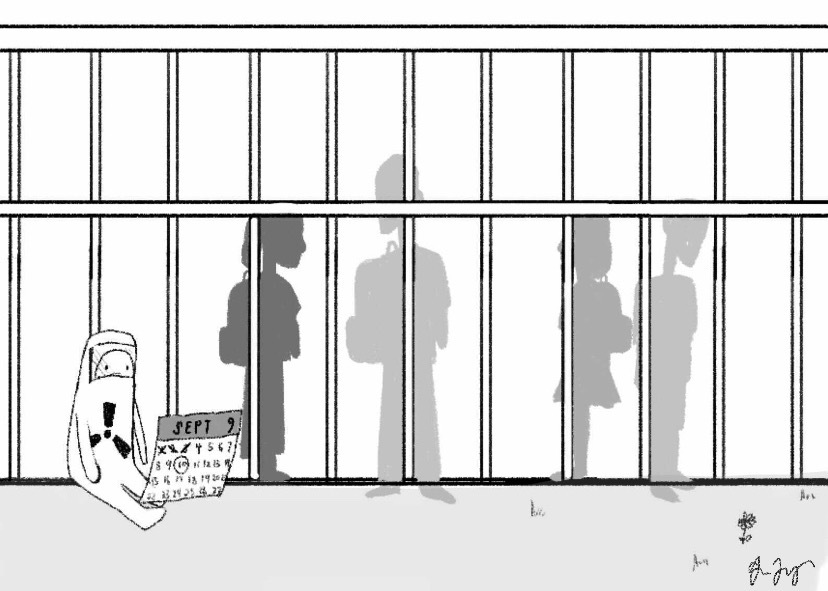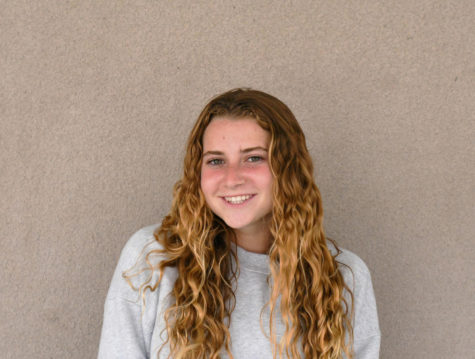Opinion: Covid policy needs serious adjustments
September 17, 2021

For one blissful month, it seemed as though we would collectively be able to leave COVID-19 in the rearview as we embarked on the 2021-2022 school year. But as the month of July slipped away, so did lifted-mask mandates for indoor gatherings, and along with it, my last shred of hope for a normal year. Now more than ever, it is increasingly clear that we are not getting rid of this virus any time soon, despite never-ending murmurs of an arbitrary expiration date.
The truth of the matter is that a new variant drops what feels like every seven to 10 business days. They usually come in the form of an ominous Apple news notification on my phone: New variant surfaces in Europe, 400% higher infection rate. Like most people, I tend to ignore these alerts for the sake of keeping my mind at ease.
After all, there’s enough to think about with the prevalence of the Delta variant. COVID-19 spreading around the school is an unfortunate possibility. One that is not only concerning for the obvious reason of health, but also poses challenges in terms of the quality of education that the district is able to maintain for quarantined students, especially now that we’ve done away with the concurrent model this year.
Since the fully in-person school year began, it’s been hard to mentally adjust to the sheer amount of people on campus, and while it’s been nice to connect with everyone again, it also feels more likely than not that it’s only a matter of time before we see a rise in site-based cases. Walk into any classroom and you will see at least five “creative” ways to wear a mask. There have already been eight site-based cases at Westview in the first three weeks of school according to PUSD’s case tracker.
There’s no longer a concurrent model to fall back on, no Zoom to attend. Unfortunately, it seems that students are left without guaranteed direct instruction for the duration of their quarantine, which is 10 days at a minimum according to SDCOE’s COVID-19 decision tree.
The virus spreading on campus is unfortunately somewhat inevitable. We are bound to see more of our classmates needing to isolate, and yet the only educational resources that are ensured to be there for them are those that their teachers post on Canvas.
Teachers are instructed to keep an updated Canvas page with resources and assignments, but the extent to which they maintain their page is up to their discretion.
There is no school mandated requirement to record lessons for students who are quarantining, which is understandable as it would require much more time and effort on their part, but is unfortunate for the continuity of learning.
Step out to use the restroom in just about any AP class, and you likely will have no idea what the teacher is going over when you get back. I speak from experience.
I am by no means suggesting that the quarantine period for students infected with COVID-19 should be shorter. The health of the community ultimately must come first in the school’s decision-making process.
That being the case, it is crucial that the COVID-19 policy is one that makes continuing with school manageable, so as to discourage students coming on campus with symptoms, or not reporting sickness all together.
Being back on campus is refreshing as compared to the 2020-2021 virtual year, but compromises will need to be made in order to make sure that this transition is sustainable. And if that means offering a Zoom option, or reverting back to some semblance of the concurrent model, so be it.
I have no intention of undermining the inconvenience and cost that this would bring about, but the possibility deserves thought and discussion before being immediately shot down.


